Strengthening the Bond with Your Dog in a Busy World
(How to make quality time count.)
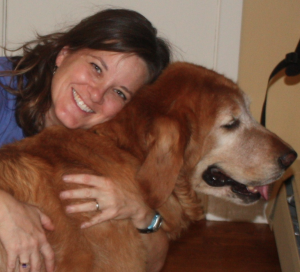
One of our Master Class graduates, Sara, spending some quality time with her old pal Ruddy.
We all love our dogs. How could you not adore that wagging tail and panting smile that always seems to say, “you’re the best” – unconditionally?! But, in today’s busy world with our jobs, kids, errands and more – sometimes it’s hard to find time to make that deeper connection with your dog. Sometimes, in the thick of the week, you might feel like you haven’t done much more than make sure the food and water is down and you’re opening/closing the door to the yard. The good news is that our wonderful, loving dogs appreciate every minute of attention we give them. So, even during the busy times, here are a few simple things you can do to keep showing your dog the love and keep your bond strong. Most of these activities have a big effect even if you only do them for five or ten minutes.
Things you can do at mealtime
- Hand feeding – this one couldn’t be easier. Just give your dog his kibble from you palm, a few pieces at a time. Such a simple thing, but one that you’ll both enjoy and it really cements a bond.
- Hold a training session with the meal. Take your dog through his obedience and tricks, rewarding each positive performance with a piece of kibble (or a handful of it). This is great not only for bonding and communication – but for keeping obedience and manners sharp.
- Give your dog a food puzzle toy and help him solve it. This can be anything from a simple Kong to one of the more advanced Nina Ottosson-type games. Your dog will not only appreciate the chance to “hunt” and problem-solve, but will love it if you are involved in him getting a payoff. Dogs dig teamwork.
Fun with toys
- Hide it: Get your dog excited about a particular toy by rubbing your hands on it, showing it and letting her sniff it – then quickly pull it away. When she seems interested in getting it from you, hide it somewhere nearby. If your dog has never played this game, you can make it really easy by hiding it under a towel right in front of her. If she is very excited about the toy, you can start to hide it farther away, even to the point where she needs to use her nose to find it. Each time she finds it, make a fuss and have some fun with it.
-

Fetch is the classic game that keeps on giving. It’s worth taking the time to teach your dog a retrieve.
Retrieve: The classic game of fetch never gets old. Especially if you have a retrieving or herding breed! If your dog has never done this, it may take a little work, but persistence can often teach fetch in a few sessions at the most. Start by getting your dog excited about the toy and then placing it farther and farther away (as in the hiding game above). The key to fetch is not to chase the dog when he has retrieved the item, but to coax him to you and then give him lots of praise and rubs when he brings the toy back. The ultimate reward is for you to throw it again! Or, to play…
- Tug: Many dogs go bonkers for a good game of tug. This is one that requires rules for the dog – no biting, no grabbing, no getting out-of-control with your mouth or body. If your dog gets too excited or unruly, you’ve got to teach and enforce the rules – or just stick with a calmer game of fetch.
Games with no food or toys
- Chase/hide and seek: These are classic games that dogs catch on to right away. For chase, simply get your dog excited by clapping quickly while you jog away. This will probably bring your dog in for a rousing rub. Even a few romps back and forth in this way are a fun way to connect with a playful pooch. If you have a partner who can hold the dog while you run away and hide, you have an instant game of hide-and-seek. Make a fuss when your dog finds you – you’ll both have a smile on your faces guaranteed. If your dog is trained to Stay, you can play this one without a partner, too.
Have fun with these “quickie” games. Even just a few minutes of these are sure to show your dog some love and keep your bond strong!
~
Have you always had a way with dogs and wanted to learn more about training and behavior? Our national courses are designed to make you a pro. Click here to learn more about what CATCH can do for you.


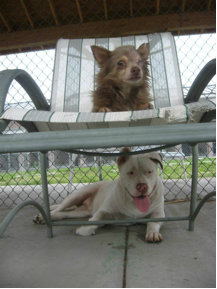

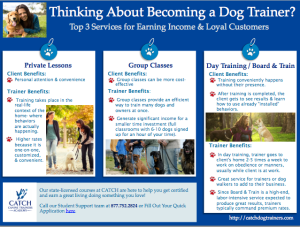
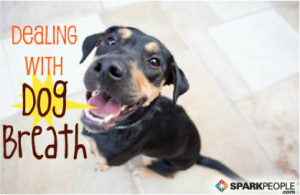
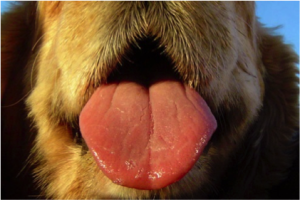
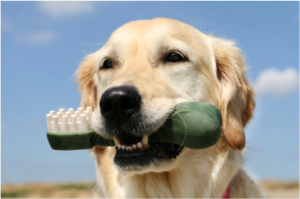
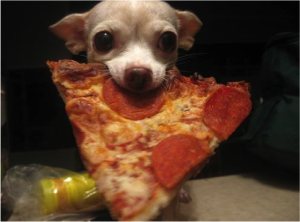
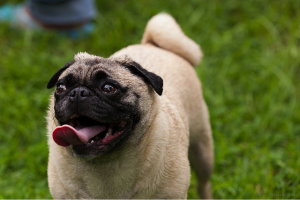
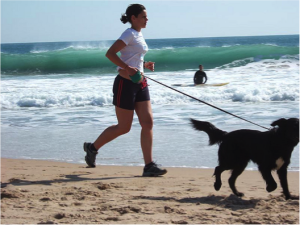
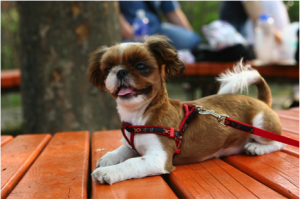
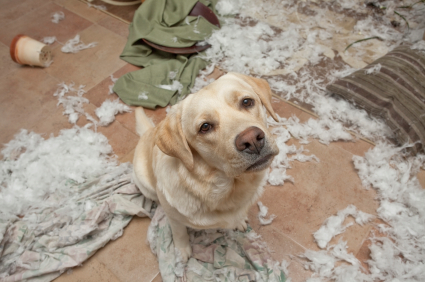
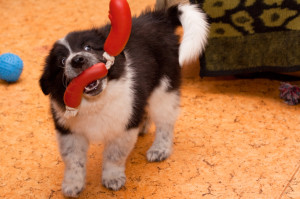
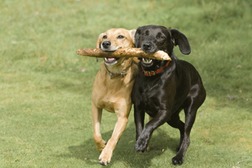






 Phone:
Phone: